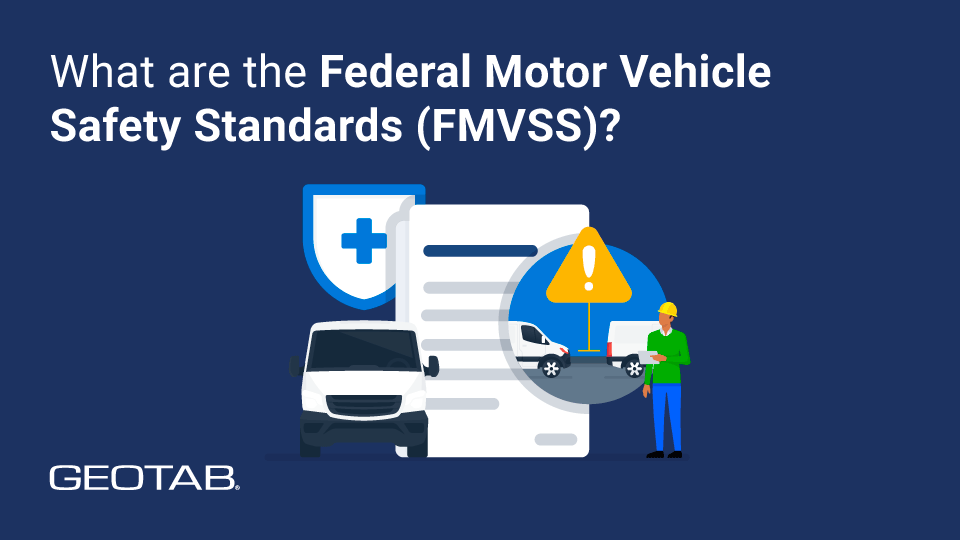What is ABS and what does it do?
ABS (Anti-lock Braking System) improves vehicle safety by preventing wheel lock-up, enhancing control during braking, and maintaining stability.
October 21, 2024
•2 minute read

Definition
- ABS is an acronym for anti-lock braking system, a vehicle safety feature that prevents wheels from locking up during braking.
- ABS allows the driver to maintain steering control by rapidly modulating brake pressure, ensuring that the wheels continue to rotate instead of skidding.
What is ABS?
ABS is an acronym for anti-lock braking system, a vehicle safety feature that prevents wheels from locking up during braking.
ABS allows the driver to maintain steering control by rapidly modulating brake pressure, ensuring that the wheels continue to rotate instead of skidding. This system uses sensors to monitor wheel speed and a controller to adjust brake pressure accordingly. The main benefits of ABS include improved vehicle control and reduced stopping distances on slippery surfaces, enhancing overall safety during emergency braking situations. Regular maintenance is crucial for optimal ABS performance.
The first application of ABS was in the 1920s when engineers sought a solution to help reduce aircraft wheels from locking during landing. ABS technology was then adapted for use in motorcycles and cars in the 1950s and 1960s. The first modern electronic ABS was developed by Mercedes-Benz and Bosch in the 1970s, leading to its introduction in passenger vehicles in the late 1970s and early 1980s. Since then, ABS has become a standard feature in most modern vehicles.
How does ABS work?
ABS relies on four main components to function:
- Speed sensors: The ABS controller continuously monitors the speed of each wheel via speed sensors. When a sensor detects that a wheel is decelerating abruptly, signaling imminent lock-up, the controller takes over.
- ABS controller: Monitors speed sensor data and controls the valves
- Valves: In the brake line, the ABS valves regulate brake pressure to help reduce lock-up. Can open, close, or partially close based on the situation.
- Pumps: When the valves release pressure to prevent lockup, the pump restores the lost pressure by pushing brake fluid back into the system so braking force can be quickly reapplied to maintain effective performance and vehicle control during emergency situations.
What activates ABS?
Anti-lock brakes activate when the system detects that one or more wheels are about to lock up during braking. This is typically triggered by rapid deceleration or a hard application of the brakes.
You'll be able to tell that your anti-lock brakes have been activated by the pulsating sensation in the brake pedal, often accompanied by a clicking or grinding sound. This is the system rapidly applying and releasing brake pressure to reduce the likelihood of wheel lock-up and is normal.
What are the different types of ABS?
All vehicles come standard with ABS nowadays. However, depending on your vehicle, the type of ABS it is equipped with may differ.
ABS in cars and SUVs
Four-channel, four-sensor ABS: This is the most effective system, as each wheel has its own speed sensor and a separate valve.
ABS in pickup trucks
Three-channel, three-sensor ABS: Each front wheel has its own speed sensor and valve and the rear wheels have one sensor and valve.
ABS in older vehicles and some lighter-duty vehicles
One-channel, one-sensor ABS: Found in older vehicles and some trucks, this system has one sensor and valve for both rear wheels.
The benefits of ABS
ABS provides many significant safety benefits:
Enhanced vehicle control: ABS prevents wheel lock-up during braking, allowing drivers to maintain steering control in emergencies.
Reduced stopping distance: ABS can help reduce the stopping distance required, especially under slippery road conditions.
Adaptability: ABS adapts to improve braking performance on wet, icy, or uneven road conditions.
Decreased tire wear: By preventing wheel lock-up, ABS can reduce flat spots and excessive wear on tires.
The role of ABS in fleet safety
From a fleet safety perspective, anti-lock braking systems are crucial for preventing costly collisions. Since the main benefit of ABS lies in reducing the risk of skidding and wheel lock-up during emergency braking, it's perfectly suited for fleet vehicles operating under challenging road conditions. ABS technology improves driver safety and minimizes potential damage to vehicles and cargo, ultimately lowering fleet maintenance costs and increasing overall fleet efficiency and reliability.
Anti-lock braking systems FAQ
What is the ABS light, and what does it mean?
The ABS light serves as an indicator to notify the driver of problems with the anti-lock braking system. If the ABS light turns on, it signifies that the system has identified a malfunction and is not functioning properly.
Where is the ABS light located?
The ABS light is typically located on the vehicle's dashboard/instrument panel, among other status lights.
Other Stories

EBPMS: Electronic Braking Performance Monitoring System
June 30, 2025
4 minute read

What are maintenance service intervals?
April 9, 2025
5 minute read

What are the Federal Motor Vehicle Safety Standards (FMVSS)?
January 3, 2025
4 minute read